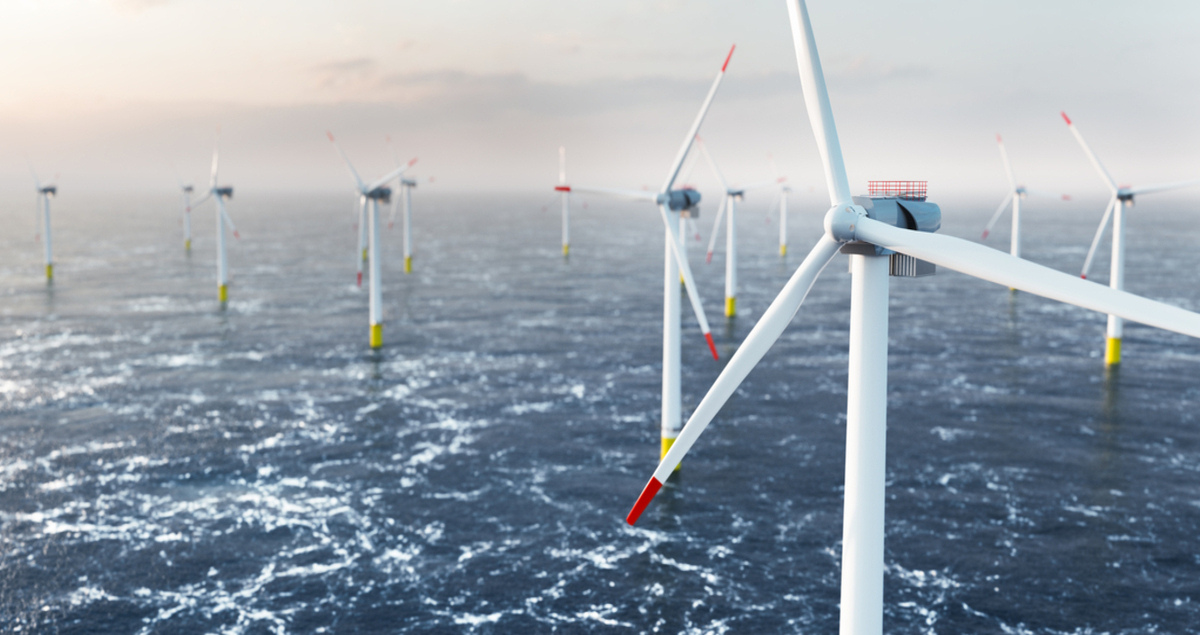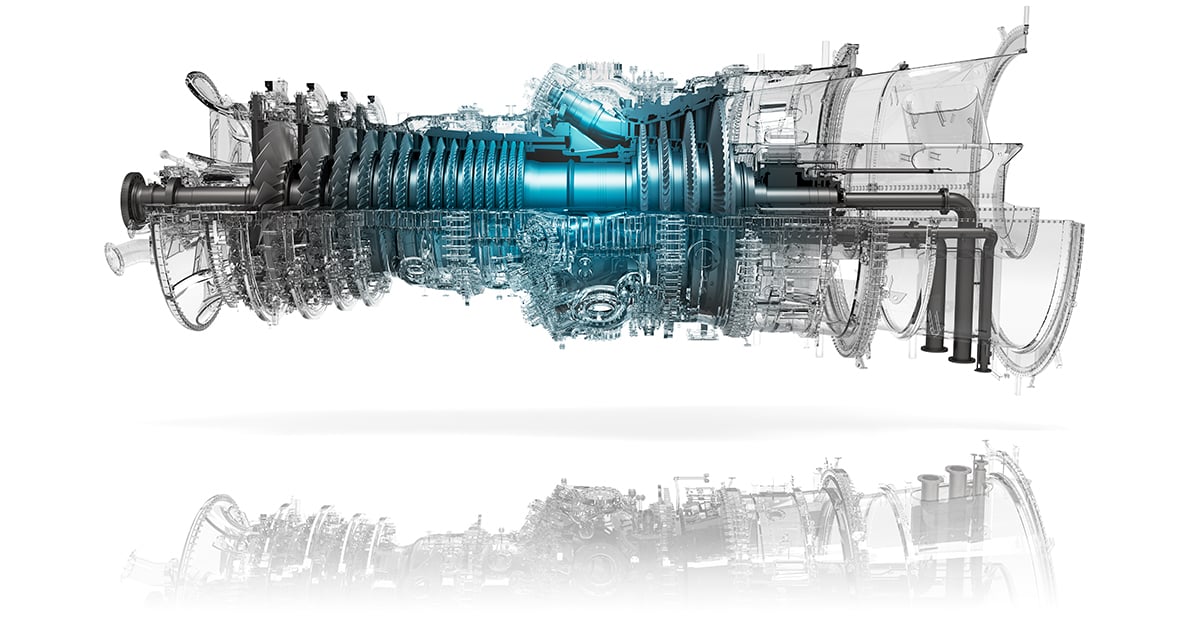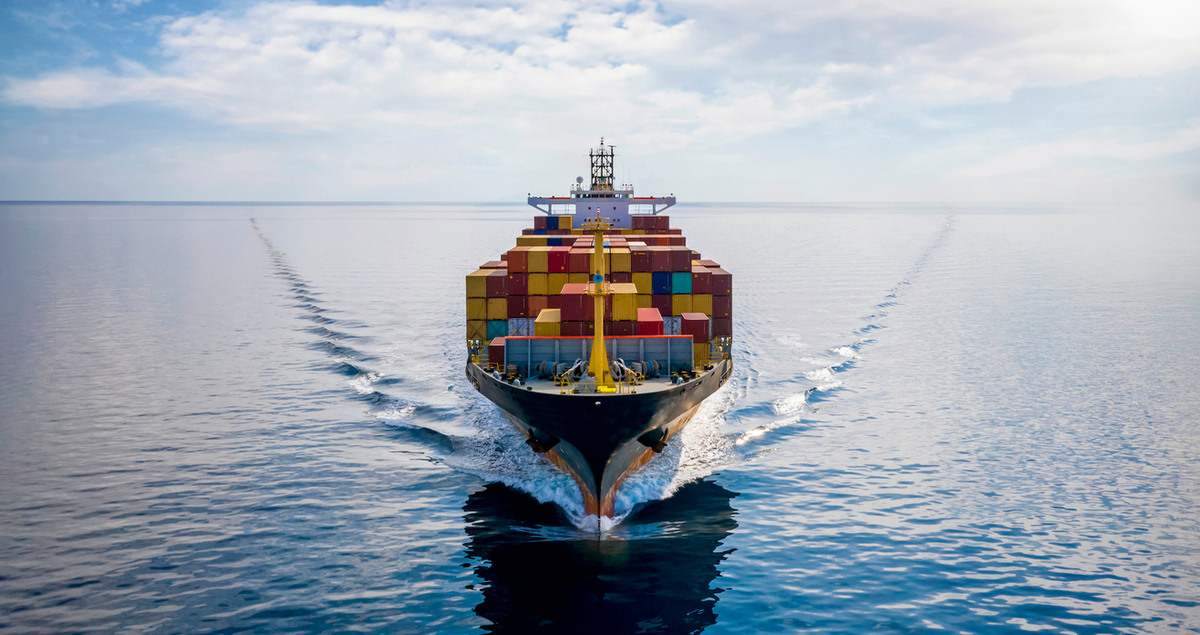The 6 ways COP28 aims to accelerate the energy transition

Index
“COP28, and the first Global Stocktake of the Paris Agreement, can be the turning point we need on climate action over this critical decade.”
This is how COP28 President Sultan Al Jaber described the upcoming climate talks in a recent letter to delegates, which emphasized the need for unity and collaboration between global state and industry partners to accelerate the energy transition.
The letter outlined six ways to create an ambitious energy package that puts the world’s economies on a path to a low-carbon, high-growth economic model that’s both sustainable and just.
Here they are.
1. Tripling renewable energy capacity and doubling the rate of energy efficiency improvements
Expanding clean energy sources, like wind, solar and nuclear power, are central to reaching net zero emissions.
Under the International Energy Agency’s (IEA) Net Zero by 2050 roadmap, global energy capacity from emissions-free renewables needs to triple by the end of this decade.
Alongside this new clean energy infrastructure, significant emissions reductions must be achieved by creating technology that improves efficiency.
Heat pumps are far more efficient than conventional heating solutions like boilers or electric heaters, for example. This is because they extract heat from the air, water or other sources and amplify it to heat buildings instead of generating heat directly. Residential heating aside, companies like Mitsubishi Heavy Industries (MHI) Group have developed efficiency-enhancing heat pump solutions that can curb emissions in sectors like paper manufacturing and others.
Separately, centrifugal chillers are another technology that can efficiently cool spaces, from factories to buildings.
Meanwhile, a growing number of countries, including the US, UK and Japan, are turning to nuclear energy to provide carbon-free baseload electricity, as well as to enhance energy security.

2. More than halving oil and gas industry Scope 1 and 2 emissions, including reaching near-zero methane emissions by 2030
Extracting oil and gas from the ground, processing and transporting it to consumers generates almost 15% of global energy-related emissions, according to the IEA. That’s more than all the emissions produced by the US or twice the emissions of the entire European Union.
Oil and gas companies can reduce direct emissions from their operations (Scope 1 & 2) by 60% between now and 2030, the IEA’s ”Emissions from Oil and Gas Operations in Net Zero Transitions” report says. There is a catch, in the form of $600 billion required in up-front spending. However, it could be argued this figure would be dwarfed by the growing financial fallout of allowing the climate crisis to go unchecked.
Carbon capture, utilization and storage (CCUS) will be an indispensable tool to rapidly reduce emissions from the oil and gas sector. As a leader in CCUS technologies, which extract CO₂ emissions from flue gases, MHI is partnering with major players in the industry such as ExxonMobil and Saipem.
3. Transforming heavy-emitting sectors, including scaling up use of low-carbon hydrogen, carbon capture and storage
While the energy transition’s ethos is to “electrify everything”, hard-to-abate sectors like steelmaking, cement manufacturing and petrochemicals require other solutions to decarbonize.
CCUS will play a crucial role in this sector, too. MHI has developed a number of step-change innovations. These include its proprietary KS-21 capture solvent, compact CO₂ capture systems, plans for a liquefied CO₂ carrier and the CO₂NNEX digital platform to create a value chain for captured CO₂.
Alternative fuels like hydrogen are also being developed to help decarbonize heavy industry and transport. MHI has successfully tested large-frame gas turbines with a 50% hydrogen and 50% natural gas fuel mix and aims to commercialize 100% hydrogen turbines by 2030, for example.
In the steelmaking sector, green steel manufactured using hydrogen or emissions-free renewable energy is helping decarbonization efforts.

4. Substantially shifting toward fossil-free forms of transport
The growth of the electric vehicles market is an important part of efforts to make transport more sustainable, but electrifying ships, trains, aircraft and haulage trucks isn’t so easy.
One part of solving this decarbonization puzzle is clean fuels for ocean-going vessels. Companies like MHI are developing vessels that run on carbon-free ammonia.
And, as fossil fuels make up around 95% of today’s transport fuels, alternative fuels are set to become an important development.
5. Taking action to accelerate efforts toward the phasedown of unabated coal power
President Al Jaber’s letter to delegates mentions phasing out inefficient fossil fuel subsidies, addressing coal-related methane emissions and deploying clean baseload power.
“Phasing down fossil fuels is inevitable and it is essential — it’s going to happen,” he told The Guardian. “What I’m trying to say is you can’t unplug the world from the current energy system before you build the new energy system. It’s a transition: transitions don’t happen overnight, transition takes time.”
The COP28 team has suggested a so-called Global Decarbonization Alliance, for oil and gas companies to tackle emissions from their operations. However, critics point out that plans to reduce emissions from combusting fossil fuels are not included in the initiative.

6. Companies and countries to set ambitious goals, take action and remain accountable through disclosures
While a multitude of governments and business leaders have announced their intentions to embrace a more sustainable future, many pledges are either vague or lack detailed action strategies.
In the oil and gas sector, for example, companies accounting for just under half of global oil production have so far announced plans to reduce emissions from their operations, according to the IEA.
In line with President Al Jaber’s vision, IEA Executive Director Dr Fatih Birol calls for more ambitious targets, concrete plans and robust accountability to generate emissions reductions across oil and gas activities, and beyond, in order to combat the climate crisis.
Discover more about MHI's CO₂ capture technologies here





